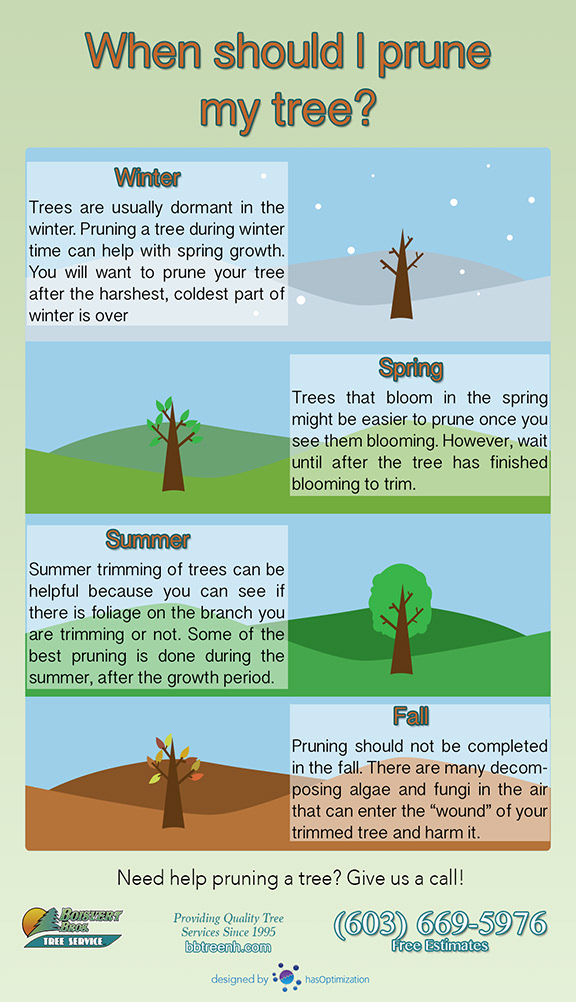Analyzing The Viability Of Trees: Establishing When Removal Is Vital
Analyzing The Viability Of Trees: Establishing When Removal Is Vital
Blog Article
Posted By-Fields Mcintosh
If you've ever before wondered about the fate of the trees on your property, understanding when it's time for removal is essential. However how do you identify if a tree can be conserved or if elimination is the only alternative? By trying to find certain indications and assessing safety and security threats, you can make informed choices that benefit both your landscape and your environments. Let's check out the vital aspects that enter play when choosing the fate of a tree and exactly how you can guarantee the best end result for your eco-friendly friends.
Indications of Tree Decline
If you see any of the complying with signs of tree decline in your backyard, it may be time to consider tree removal.
One common indicator is dead or rotting branches, which can suggest underlying concerns influencing the tree's wellness. Watch out for stained or shrivelled leaves that linger despite having appropriate care, as this could be an indicator of disease or bugs.
Another warning signal is extreme leaning or a visible change in the tree's base, which may suggest root issues or architectural instability. Watch out for fungal development on the trunk or roots, as this can indicate rot and endanger the tree's stability.
In addition, if you observe large cracks in the trunk or significant limbs, it's critical to deal with these concerns quickly to prevent possible hazards. Addressing these indicators of tree decrease promptly can help preserve the safety and security and visual appeals of your backyard environment.
Security Concerns
To guarantee the well-being of your residential property and those around you, prioritizing safety and security concerns related to trees is paramount. Trees can present different safety dangers otherwise effectively preserved. Dead or rotting branches might fall all of a sudden, threatening people or harmful structures.
Leaning trees can likewise be harmful, specifically if they're leaning towards a structure or power lines. Additionally, trees with substantial origin systems near foundations or below ground energies can cause considerable damage gradually.
It's vital to frequently inspect your trees for any kind of signs of prospective threat. Keep an eye out for fractures in the trunk, large tooth cavities, or signs of illness and decay. If you discover any of these issues, it's best to seek advice from a professional arborist to analyze the scenario and establish the needed course of action.
Taking proactive actions to deal with security worries quickly can protect against mishaps and residential property damage in the future. Bear in mind, the security of your building and those around you should always be the top priority when it concerns tree maintenance.
Consulting an Arborist
When taking into consideration the health and wellness of your trees, getting in touch with an arborist is an essential step. Arborists are trained professionals that focus on the care and upkeep of trees. They can examine the general wellness of your trees, determine any kind of concerns such as conditions or structural problems, and provide professional referrals on the most effective course of action.
By getting in click this site with an arborist, you can obtain important understandings right into the condition of your trees and figure out whether removal is essential. visit the following web site have the expertise and experience to evaluate the dangers connected with keeping a tree versus removing it. They can also use support on alternate solutions, such as pruning, cabling, or bracing, to aid preserve the tree whenever possible.
Furthermore, arborists can help you navigate any local laws or allows that might be required for tree removal. Their expertise can ensure that the procedure is executed securely and in conformity with any type of relevant laws.
Final thought
Finally, when establishing whether trees can be conserved or if removal is essential, it is very important to consider signs of decline and safety and security concerns. Consulting an arborist for a detailed assessment is crucial in making the best decision for the tree's health and wellness and prospective risks. Remember, aggressive treatment and prompt activity can help protect trees and avoid mishaps.
